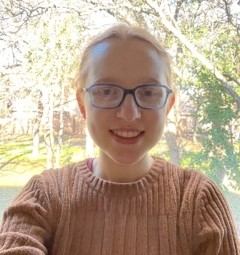All ISEE Lower Level Quantitative Resources
Example Questions
Example Question #273 : Whole And Part
Round 
When we round a number to the nearest tenth we look to the hundredths place to tell us if we round up or down.
If the number in our hundredths place is 




In this case, 


Example Question #274 : Whole And Part
Round 
When we round a number to the nearest tenth we look to the hundredths place to tell us if we round up or down.
If the number in our hundredths place is 




In this case, 


Example Question #275 : Whole And Part
Round 
When we round a number to the nearest tenth we look to the hundredths place to tell us if we round up or down.
If the number in our hundredths place is 




In this case, 


Example Question #701 : Identifying Place Value
Round 
When we round a number to the nearest tenth we look to the hundredths place to tell us if we round up or down.
If the number in our hundredths place is 




In this case, 


Example Question #272 : Whole And Part
Round 
When we round a number to the nearest tenth we look to the hundredths place to tell us if we round up or down.
If the number in our hundredths place is 




In this case, 


Example Question #278 : Whole And Part
Round 
When we round a number to the nearest tenth we look to the hundredths place to tell us if we round up or down.
If the number in our hundredths place is 




In this case, 


Example Question #2431 : Isee Lower Level (Grades 5 6) Quantitative Reasoning
Round 
When we round a number to the nearest tenth we look to the hundredths place to tell us if we round up or down.
If the number in our hundredths place is 




In this case, 


Example Question #703 : Identifying Place Value
Round 
When we round a number to the nearest tenth we look to the hundredths place to tell us if we round up or down.
If the number in our hundredths place is 




In this case, 


Example Question #1381 : Numbers And Operations
What number is one thousand?

Example Question #1382 : Numbers And Operations
What number is one hundred?

All ISEE Lower Level Quantitative Resources






































































